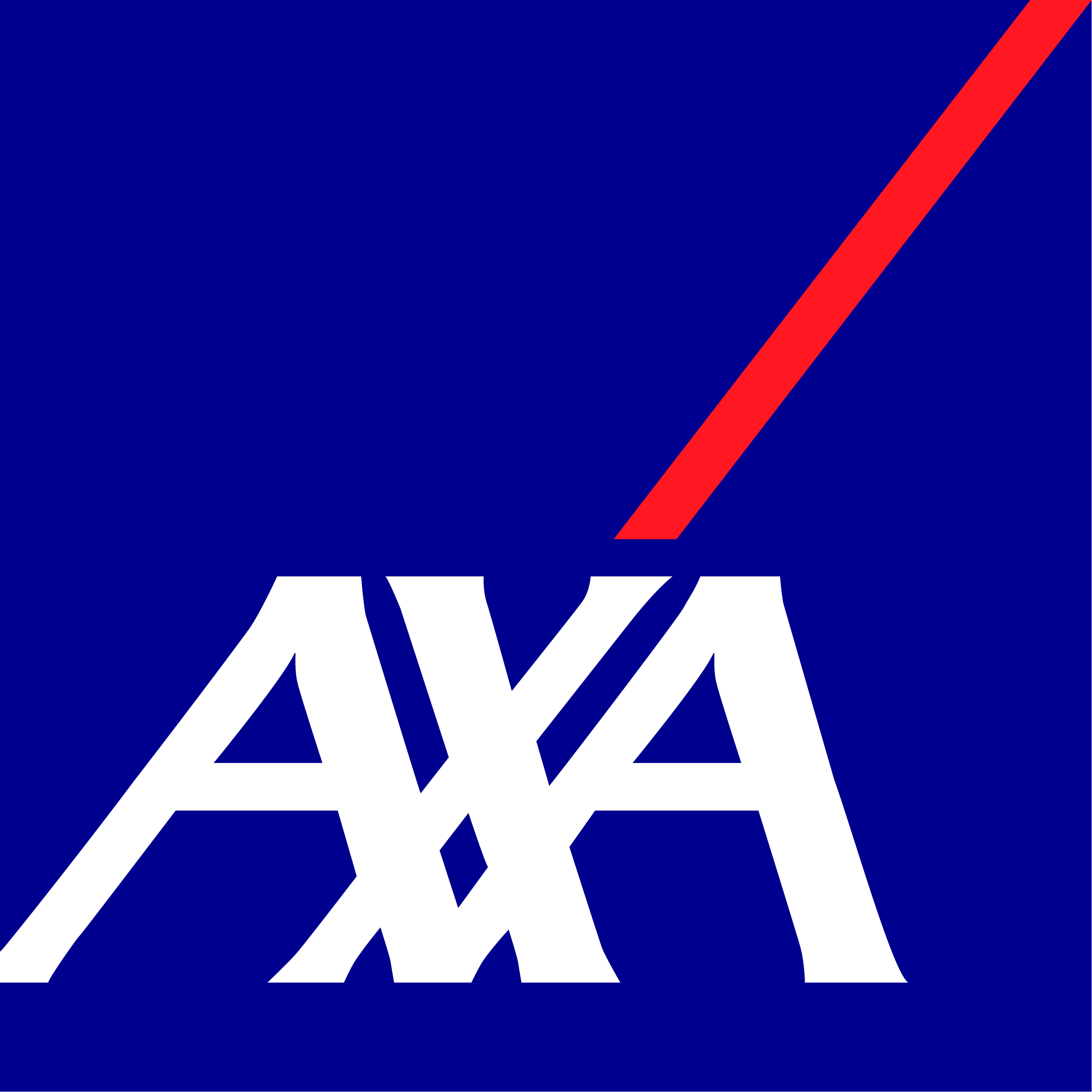By Staci Brinson, Esq.
AXA XL Design Professional
Loss Prevention and Education
Since 2001, AXA XL’s Design Professional team has been studying and analyzing factors that lead to claims against our policyholders.
Over the past few years AXA XL has seen a decrease in the number of claims; however, the ultimate severity of claims has increased significantly. Design professionals are taking on larger projects, which can cause bigger problems. Social inflation, the phenomenon in which the cost of claims exceeds the rise in inflation, continues to be a significant issue influencing overall costs of claims. The threat of excessively high jury verdicts, driven by social inflation, is not likely to abate any time soon.
Based on AXA XL’s recent analysis of over 1,200 closed claims from 2015-2019, the most frequently reported claim trigger across all disciplines is “design error, omission or other technical error.” These claims are split evenly between both architects and engineers, with design and technical errors being the most common claim trigger.
In examining the types of markets from which claims arise, residential projects are the highest risk, with single family residences accounting for the highest claim count. However, multi-family projects like condominiums and apartment complexes tend to have the highest severity and highest AXA XL exposure. (You can’t hide from the hidden risks of condo projects (axaxl.com)). In residential projects, the most common elements involved in claims are walls or foundations. In contrast, HVAC systems are the most common elements in commercial projects.
When looking at the top damages by type across all disciplines, the data shows that with the exception of civil engineers, economic loss caused by cost overruns accounts for the largest percentage. It is closely followed by property damage. Together, these two types of damages account for 48% of the top six types of damages that were examined in our closed set of claims. Claims involving economic loss continue to be a problem for design professionals since contractors typically do not have insurance coverage for this type of damage and will frequently deflect liability for delays and cost overruns onto design professionals. AXA XL has identified some factors that may contribute to cost overruns, such as using outdated cost estimates from the beginning of construction that don’t reflect current costs. Cost overruns are also caused by an increase in material costs and supply chain uncertainty. Finally, the ongoing labor shortage and resulting inexperienced skilled labor pool remains a concern that can drive up costs at an unpredictable rate.
Although no one has a crystal ball, certain trends can be expected going forward. First, it seems unlikely that there will be a marked decrease in the percentage of claims arising from single family homes, both from renovations and new construction design. The years from 2018 to 2020 were a period of intense growth in the home construction market, though rising interest rates have cooled demand more recently. In a hot market, there can be a push to build units as quickly and for as little cost as possible, which can result in an increase in claims alleging design and construction defects. Given the rapid increase in housing costs and strained supply in many suburban markets during the pandemic, claims by residential owners who expected more quality for their money are likely. Regardless of project type, expect an increase in claims driven by poor quality management and staff training for firms that took on too much work and struggled to meet project milestones when the economy was more robust.
Also expect to see an increase in claims arising from extreme weather events. 2022 saw an increase in weather-related losses. While these effects are felt worldwide, Hurricane Ian in Florida, for example, was a significant U.S. event with an estimated $60 billion in insured losses and $100 billion in total losses. Claims from extreme weather events typically manifest as damage caused by inadequate surface water drainage and building elements that are overwhelmed by high wind and rain events. These damages translate into allegations that the design professional failed to meet the appropriate standard of care when designing roadway and site drainage or designing buildings to withstand extreme weather events. (Changing climate, changing standard of care? | AXA XL )
Finally, social inflation likely will continue to be a significant issue affecting both the cost of litigation and the dollar amount of settlements and jury verdicts. The Internet, the 24-hour news cycle, and the use of social media across varied platforms increases access to information that can affect public perceptions of classes of defendants and damage valuations. The use of social media, in particular, amplifies the public’s knowledge of excessive jury verdicts, which normalize these inflated numbers to the average person. (Social inflation, nuclear verdicts, and reptile theory: 5 ways to protect your design firm (axaxl.com))
Given future economic and climate uncertainty and the trend toward more severe claims, it is recommended that firms adhere to strict risk management practices that include: increased diligence during the contracting phase; more focus on quality management and training; and clear and effective communication to document key changes and manage client expectations. For more information on risk management strategies that work best for your firm, reach out to your PLAN broker.


